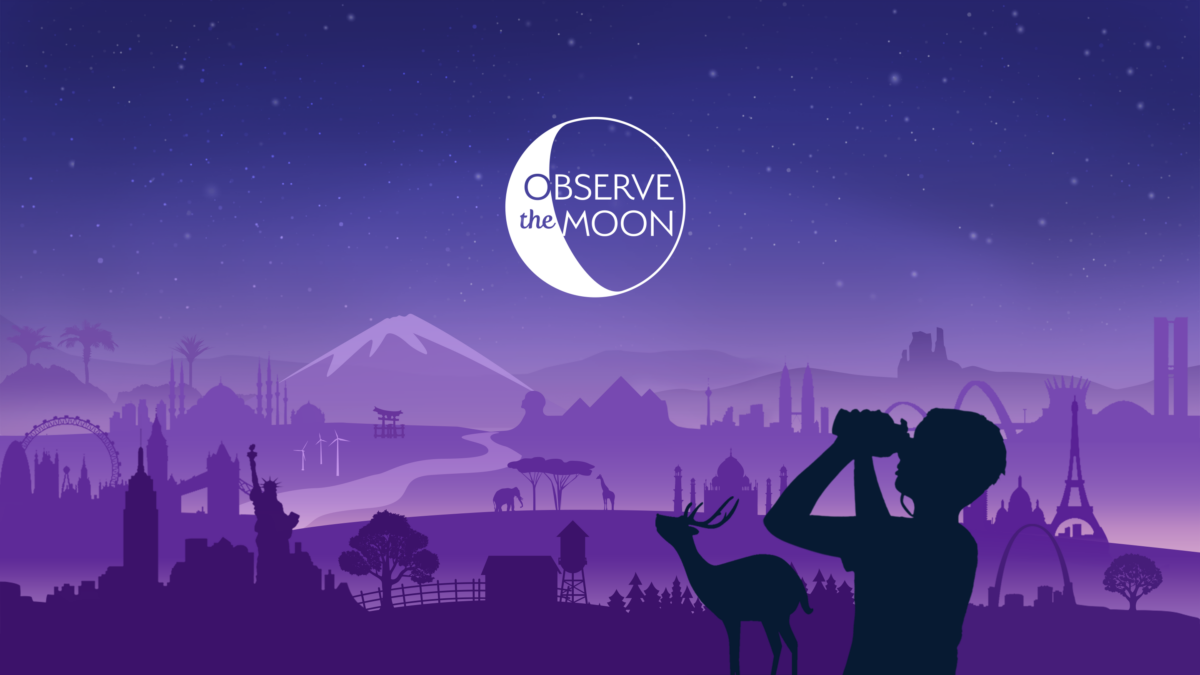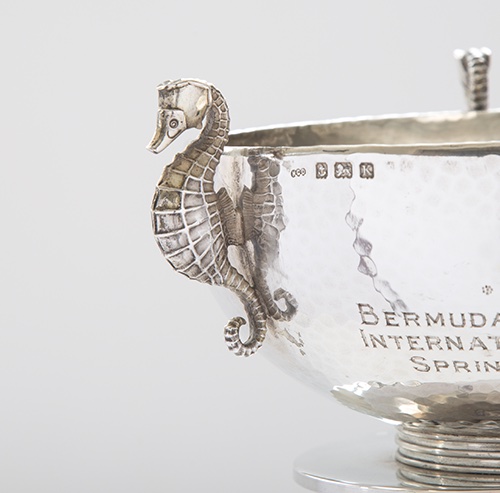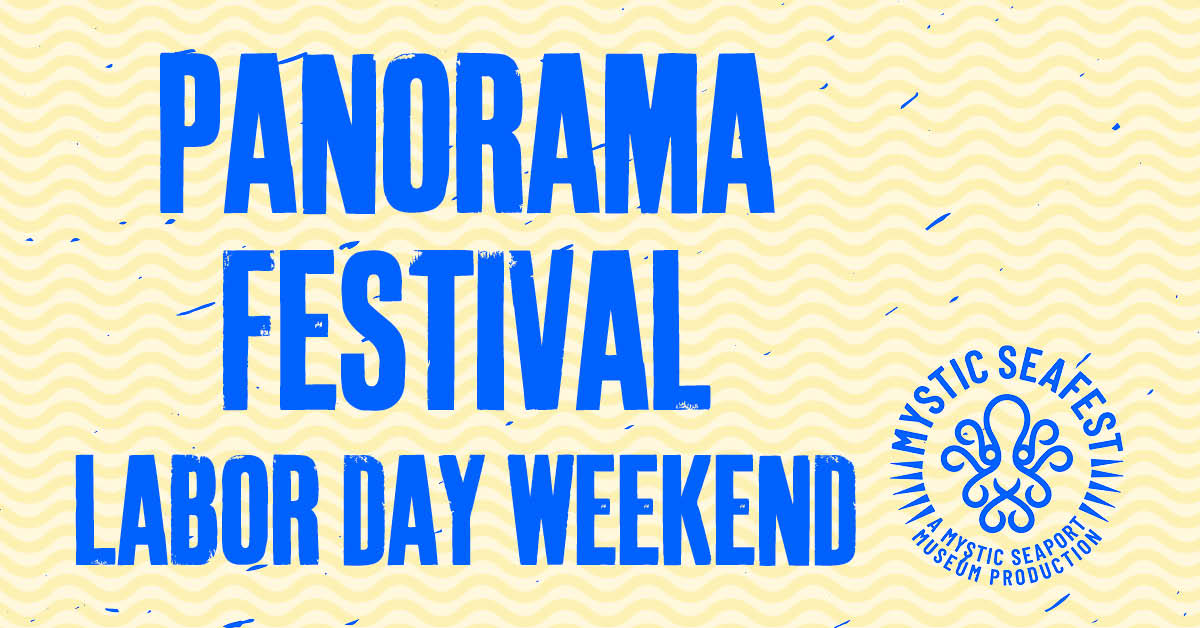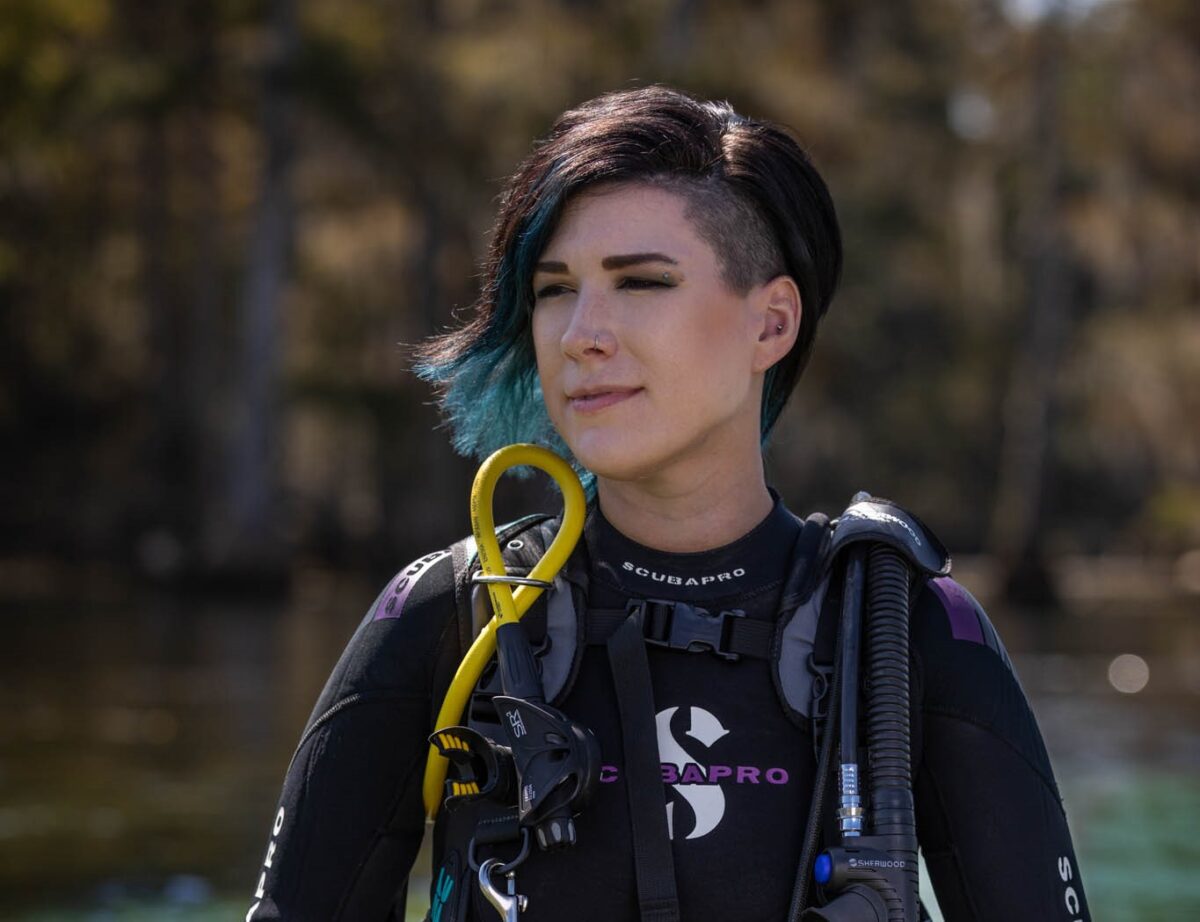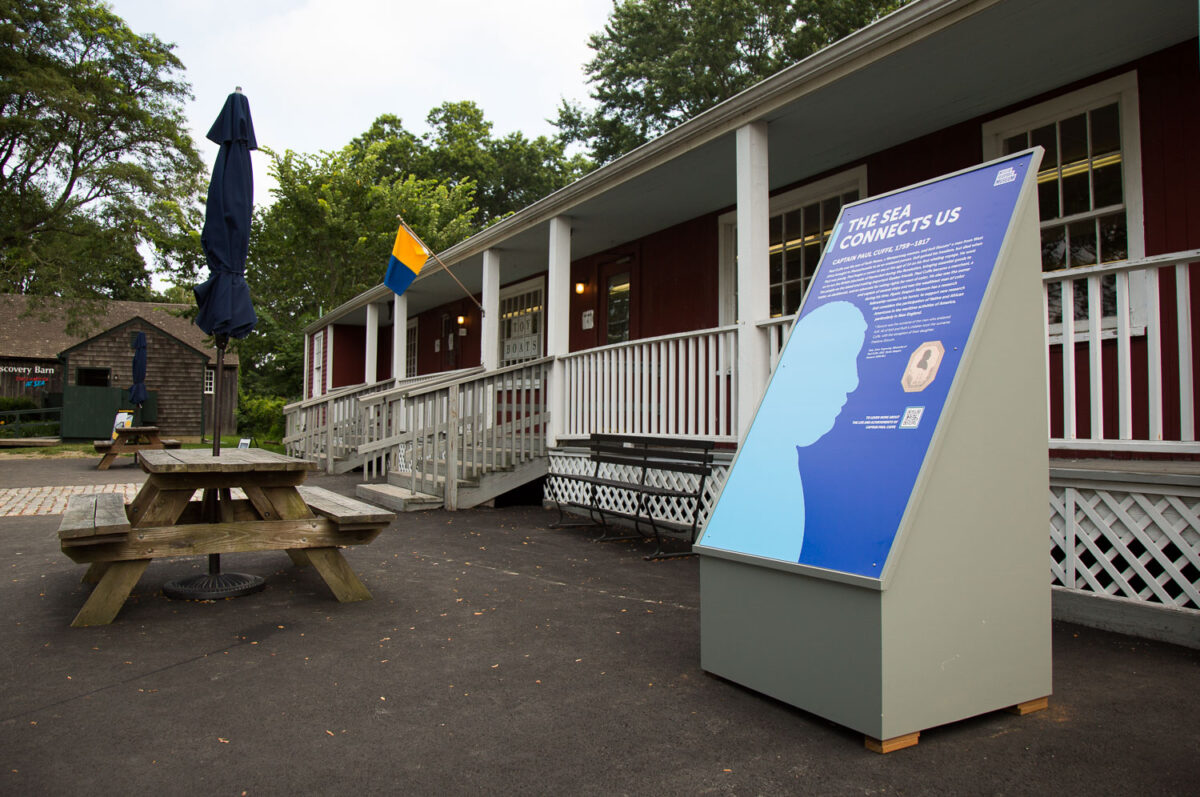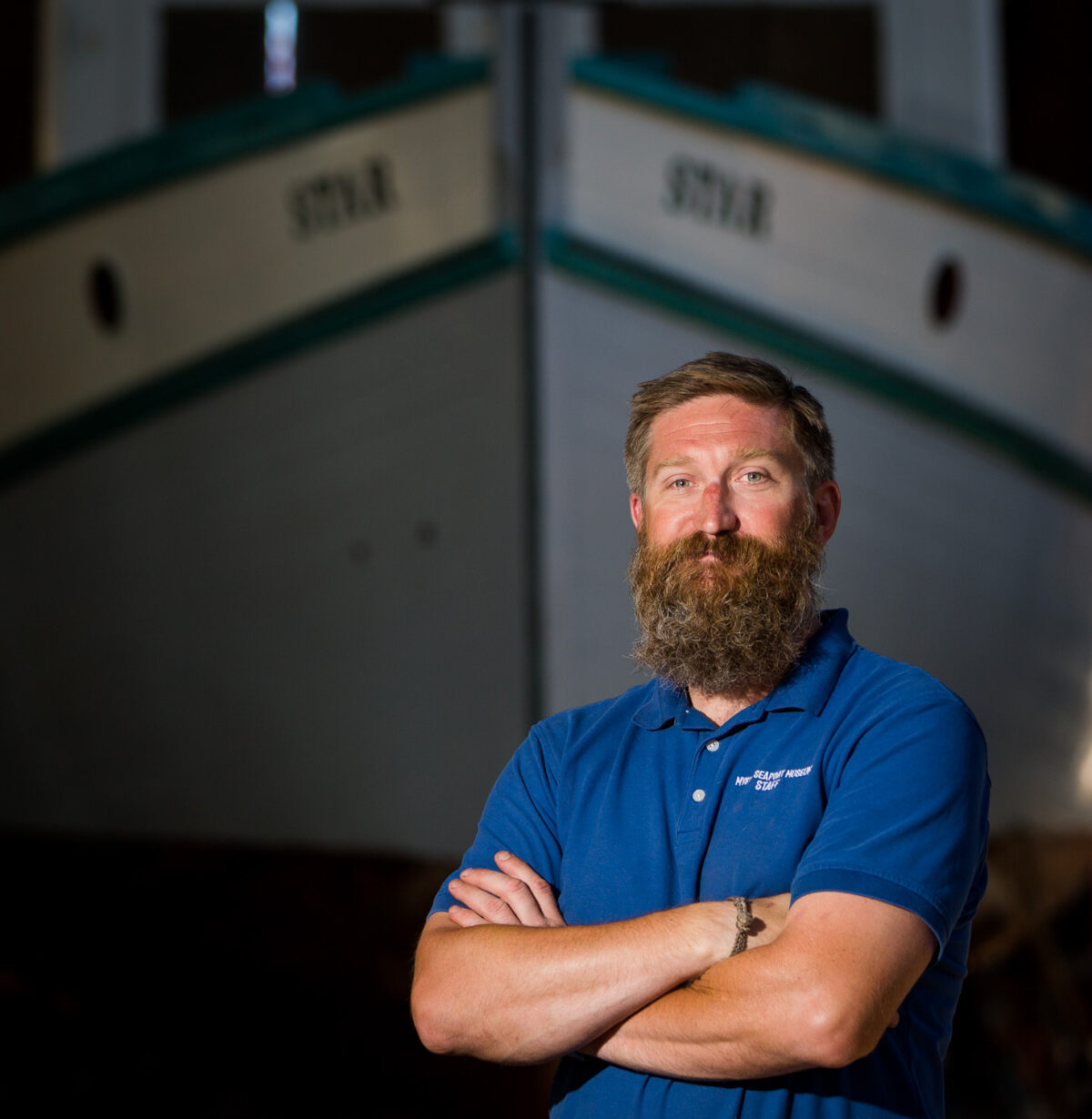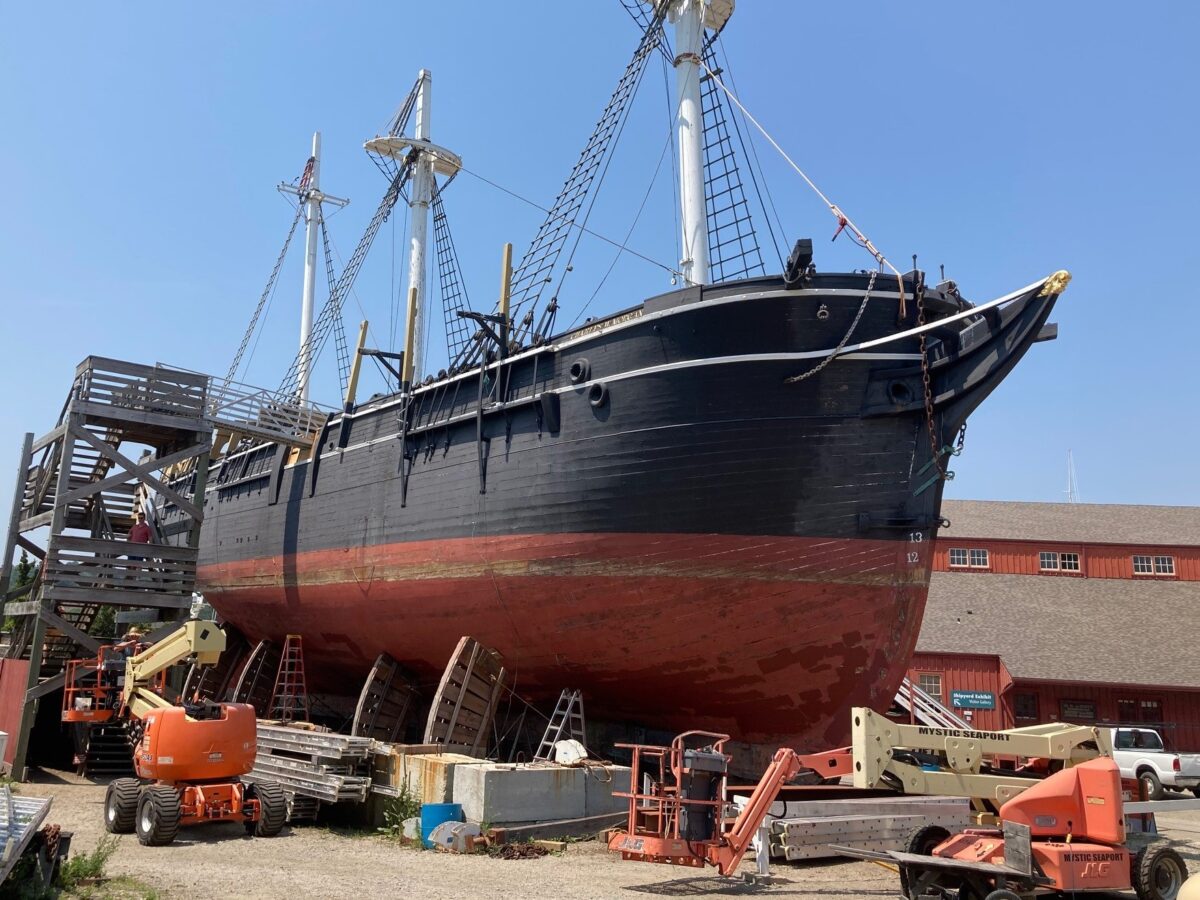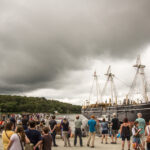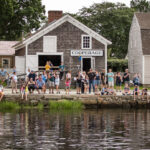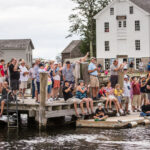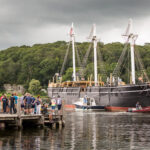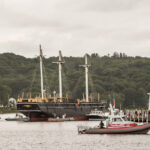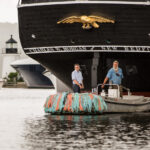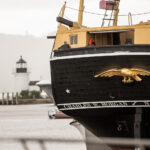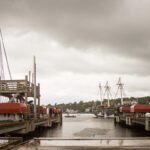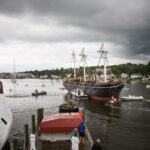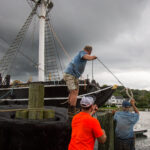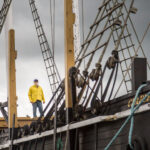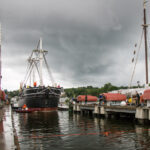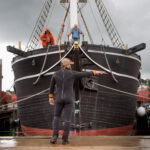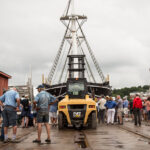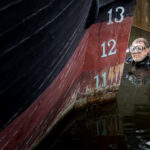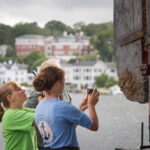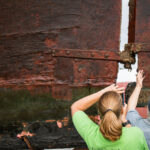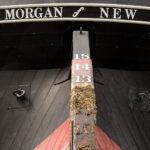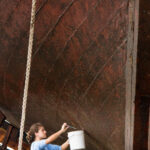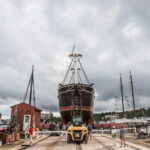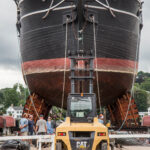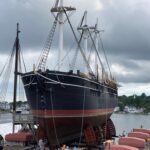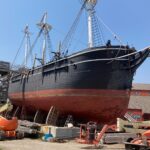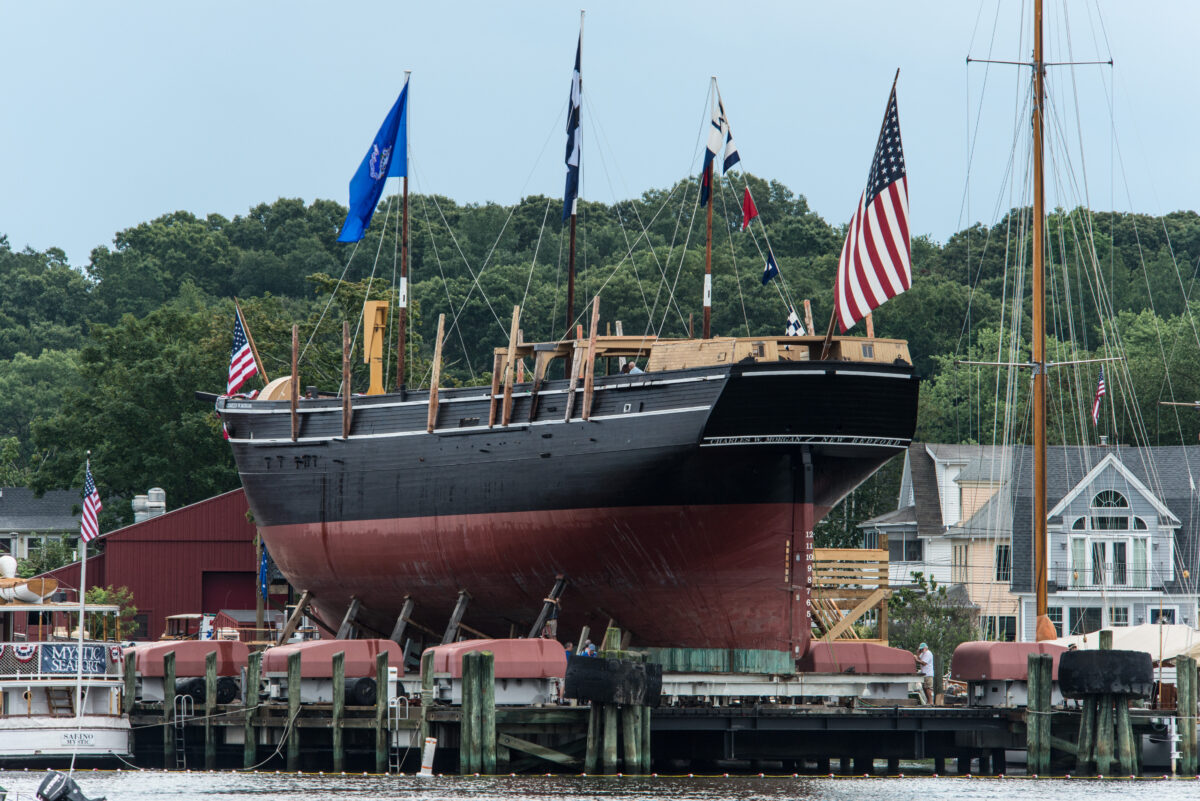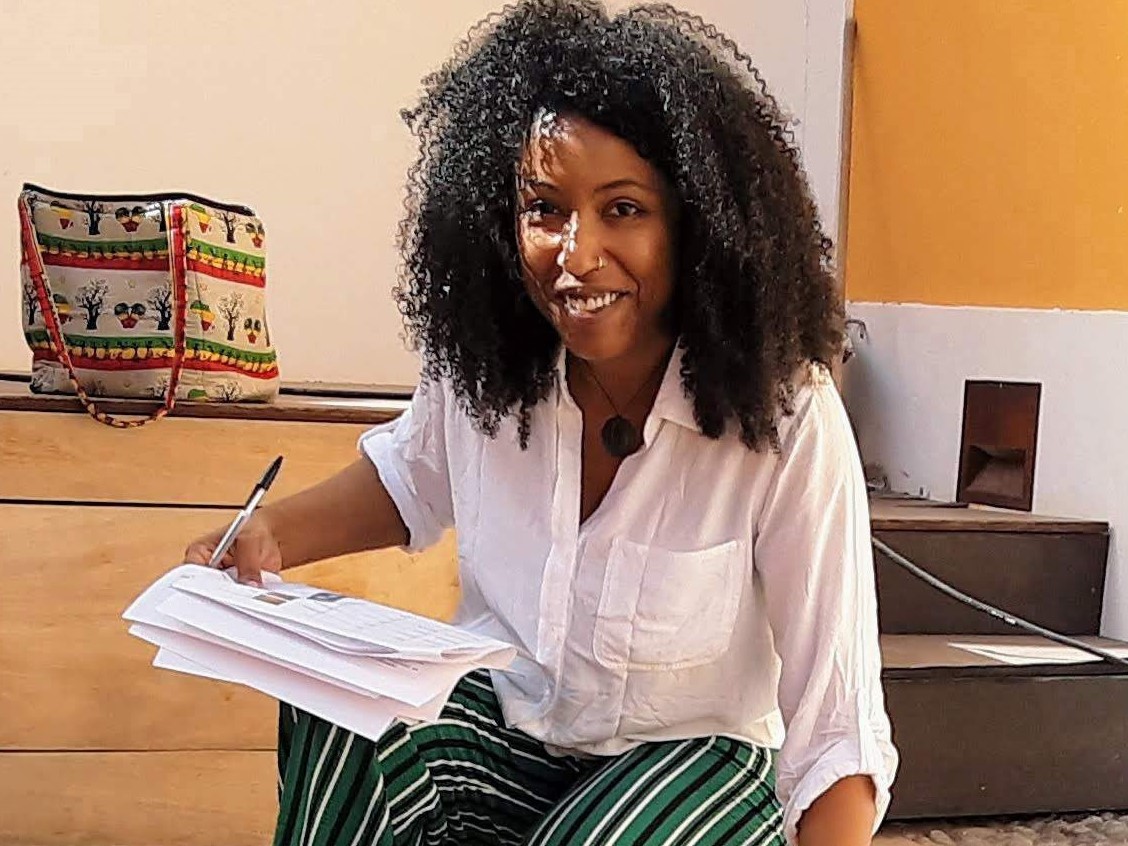Image Credit: NASAThis weekend, astronomy enthusiasts around the world will look to the night sky and celebrate the Earth’s natural satellite. “International Observe the Moon Night” occurs every year in late September or early October, planned to happen just after a First Quarter Moon, when the Moon is in a waxing gibbous phase. During this time, features on the moon’s surface can be more easily seen along the terminator – the dividing line marking the edge of day and night on the Moon. In the image below, you may notice that craters and ridges on the Moon are much more noticeable along the terminator line. This is especially true when viewing the Moon through a telescope or a pair of binoculars.

Cultures all around the world have their own special connections to the Moon. The Ancient Egyptians worshipped Khonsu, the god of the Moon. His name means “traveler” as a reference to the daily and nightly journeys that the Moon will appear to make across the sky. In Egypt, as in many ancient societies, observations of the Moon led to early methods of keeping and tracking the passage of time.
In Norse mythology, Sol and Mani are a sibling pair who represent the Sun and Moon. While Sol carries the Sun across the sky on her chariot, her brother Mani carries the Moon. Wolves called Skoll and Hati are chasing the Sun and Moon across the sky, and if they were to catch one of these objects, they could cause the mysterious event that we now call eclipses of the Sun and Moon!
Out in the Pacific Ocean, the people of Polynesia call the Moon the “Chief Star of the Night.” Here, monthly activities are sometimes influenced by the phase of the moon. For example, a bright full moon might enable the planting of crops at night. Then, as the moon’s changing phase causes tides to recede, crabs and small fish could be harvested from the tidal pools left behind.
These are just a few examples of how people around the world connect with our Moon. This international celebration is a great time to explore the ways that our families and our communities share the same sky, while each bringing our own unique perspectives. We encourage you to connect with family members, friends, and neighbors to share stories, and to forge your own special connections with the world around us. And although the weather forecast for this coming Saturday calls for clouds in New England, fear not! The days leading up to and immediately following “International Observe the Moon Night” will still provide great opportunities to take a look at our closest neighbor in space. Enjoy the view!
Written By Brian Koehler, Planetarium Supervisor

